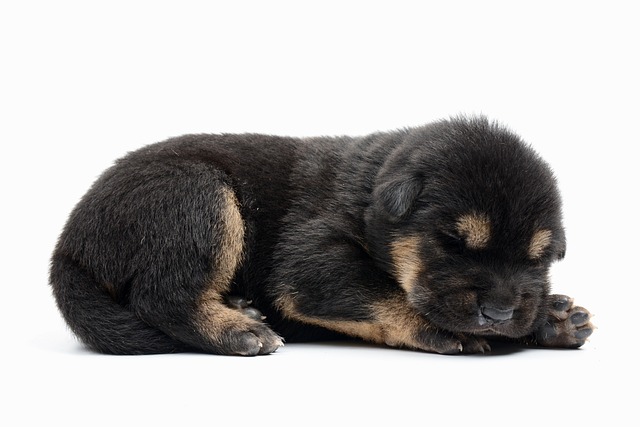
Establish a Routine
Establishing a consistent routine is fundamental to successful puppy potty training. Dogs thrive on routine, and knowing when it’s time to go outside will help your puppy understand where and when it’s appropriate to potty.
Take Your Puppy Out Frequently
Puppies have small bladders and need to go out often. Ensure you take your puppy outside immediately after waking up, after meals, and before bedtime.
Use Positive Reinforcement
Positive reinforcement is a powerful training tool, especially for potty training. Praise and reward your puppy with treats or verbal affirmations when they potty in the correct spot. This positive association encourages your puppy to continue this behavior.
Crate Training
Crate training can be an effective potty training tool. Dogs typically avoid soiling their sleeping areas, so a crate can help regulate your puppy’s bathroom habits.
Utilize a Crate Schedule
Create a schedule where your puppy stays in the crate for short periods, then goes outside to potty immediately after. Over time, your puppy will learn to associate the outdoor space as the designated potty area.
Monitor Signs and Cues
Understanding your puppy’s body language and cues can help you anticipate when they need to potty. Common signs include sniffing, circling, or scratching at the door. When you notice these signs, take your puppy outside promptly.
Be Patient and Consistent
Potty training takes time, and accidents are a natural part of the process. Patience and consistency are key factors in helping your puppy learn where to potty.
Don’t Punish Accidents
Avoid punishment or scolding if accidents happen. Instead, clean up the mess thoroughly to remove any lingering smells that might attract your puppy to repeat the behavior.
Conclusion
Potty training a new puppy requires consistency, positive reinforcement, crate training, and patience. By establishing a routine, using positive reinforcement, monitoring your puppy’s signs, and being patient during the process, you can successfully train your puppy to potty where you want them to.
[qmp_faq]
Related Reading
- Training Your Dog Tips To Improve Your Pooch’s Behavior
- Having Trouble Training Your Dog? Try These Tips
- Training A New Puppy, The Good And The Bad.
- Canine Training With Some Sound Easy Tips
- The Basics Of Potty Training Your New Dog
[qmp_faq]